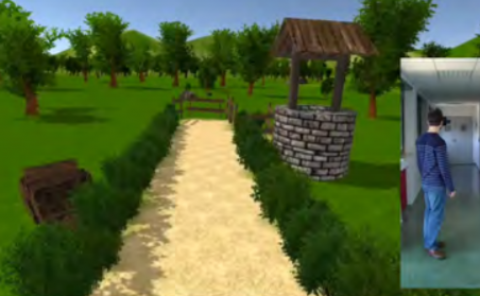Evaluation of Modifications to CPPPSNR in 360° Video Quality Assessment
PubDate: November 2019
Teams: University of Surrey
Writers: Jayasingam Adhuran; Gosala Kulupana; Chathura Galkandage; Anil Fernando
PDF: Evaluation of Modifications to CPPPSNR in 360° Video Quality Assessment

Abstract
360° videos are represented in spherical projection formats and the video quality of such videos is assessed using spherical objective quality metrics. Furthermore, the objective video quality between two different spherical projection formats can be evaluated using Cross projection metrics. Craster parabola, is a 2D cross projection format which is used by Craster Parabolic Peak Signal-to-Noise Ratio (CPPPSNR) metric. The existing CPPPSNR measurements do not consider the subsampling locations during the quality assessment to match the pixel density of a sphere. Nevertheless, it is vitally important to account for the oversampled projection formats and the sphere in order to be compatible with the existing video encoding architectures. To this end, the proposed improvements to the CPPPSNR locates the subsample points during craster parabolic projection and use nearest neighbor interpolation to assign pixels from the craster parabolic projection. Furthermore, in order to compensate the occurrence of oversampling, appropriate weights are applied to the corresponding pixels. The proposed method was tested with Shanghai Jiao Ton University (SJTU) Virtual Reality (VR) sequences for projection conversion. The comparison between Spherical PSNR (SPSNR) and existing CPPPSNR, validate the proposed CPPPSNR as an objective quality metric for cross projections.


